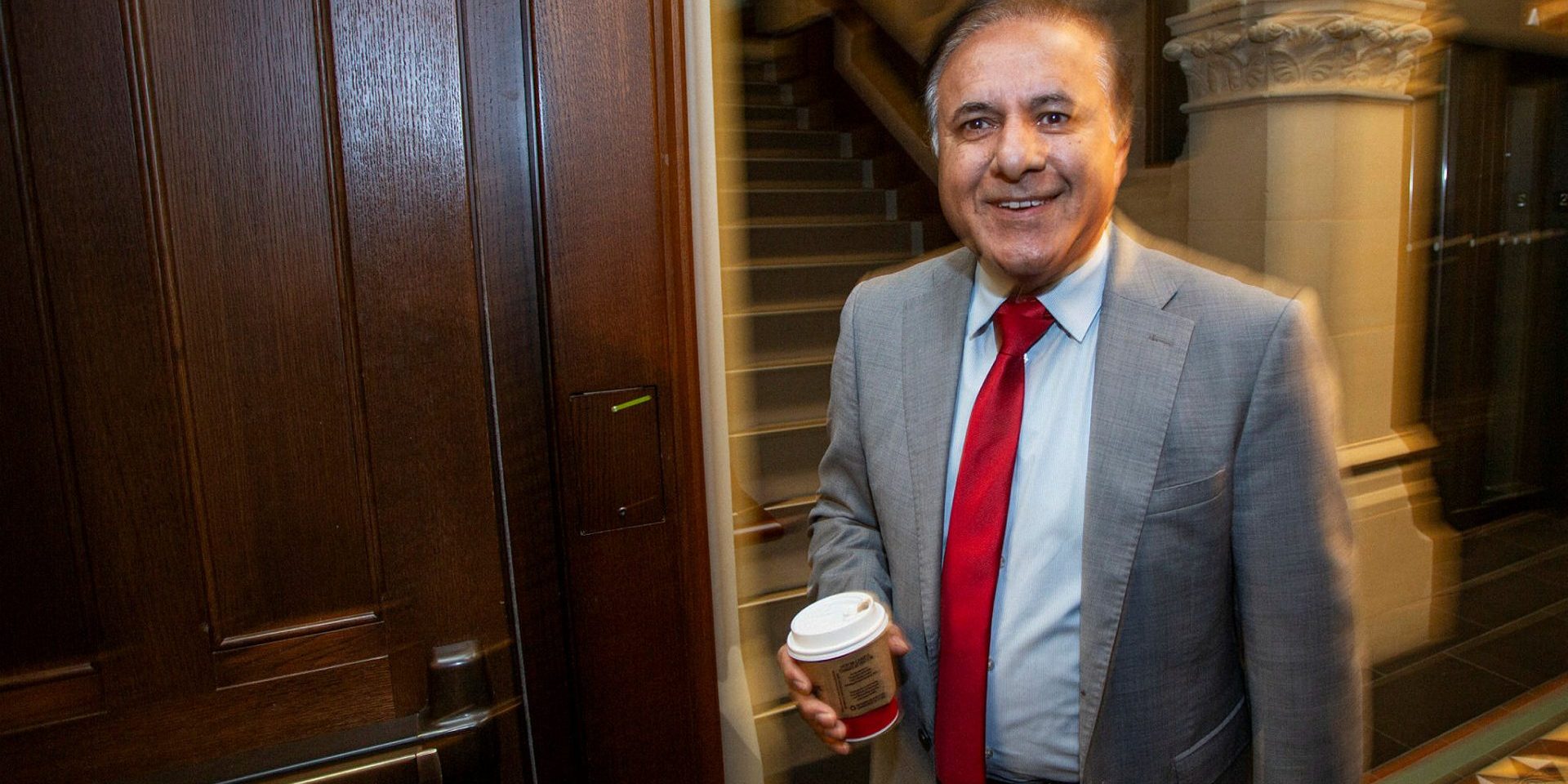‘Nobody is spared’: Treasury Board plans to cut staff by 10 per cent, with most from ‘employer’ oversight roles

The employer of the federal public service isn’t immune to belt-tightening and job reductions. The Treasury Board Secretariat is planning to cut staff by 10 per cent over the next three years, with the most job losses tied to “employer” oversight units, according to its departmental plan.
This year, the Treasury Board Secretariat (TBS) is expecting to employ 2,201 full-time equivalent staff, according to the 2025-26 document. By 2027-28, that number is projected to decrease by 217, to 1,984. The biggest cuts will come to its “employer” oversight units, which are forecast to decline from 600 staff to 424 over the next three years.
TBS is technically a cabinet committee, led by president and Minister Shafqat Ali (Brampton—Chinguacousy Park, Ont.). The secretariat supports its work and handles administrative oversight in four areas: spending, employment, regulation, and administration. The goal is to ensure the federal government is running a tight ship.
Examples of TBS’s responsibilities include reviewing spending proposals from other parts of the government to ensure they match government priorities, stickhandling collective bargaining with the public service unions, heading up diversity and inclusion efforts, and reviewing proposed regulations, to name just a few.
The departmental plan splits the TBS’s work into five areas: employer, spending oversight, administrative leadership, regulatory oversight, and internal services. The number of jobs within each area of the TBS are forecast to remain steady until 2027-28, with the exception of jobs in the “employer” category, which is tasked with labour relations, collective bargaining, and diversity and inclusion programs. Those jobs are expected to decrease by nearly one third.
Monique Lugli is the former chief of staff to then-Treasury Board president Anita Anand (Oakville East, Ont.), who served in the role from July 2023 to December 2024. Lugli says the TBS first began its efforts to “refocus” government spending in Budget 2023, and “because it was the first time in a while that we were starting to think about how we manage expenses within the public service, we were able to do it mostly on the program level,” Lugli said.
But further spending cuts focused on operations, “and by operations, that was looking at people,” she explained.
The 2024 budget said the federal public service would shrink by 5,000 jobs over four years via attrition as part of an ongoing effort to “refocus” government spending first announced in 2023 and projected to save $15.8-billion. At the time, Anand said the cuts would be government-wide. And, by the end of that fiscal year, the TBS reported nearly 10,000 fewer public servants, marking the first time the bureaucracy shrunk in a decade.
“Nobody is spared,” Lugli said in a recent interview with The Hill Times, adding she’s watching to see where cuts will be made, as “it does get more and more difficult as commitments are made, of course, for increased spending in certain departments.”
Earlier in July, Finance Minister François-Philippe Champagne (Saint-Maurice-Champlain, Que.) announced a spending review of all departments, telling his fellow cabinet ministers to find billions of dollars in savings. Champagne said he intends to reduce program spending by 15 per cent by 2028–29.
The departmental plan shows TBS spending is actually projected to increase over the next three years. Planned spending for this year is around $9.8-billion, and is forecast to increase to slightly over $10-billion by 2027-28, with some of that budget marked as contingency or to be transferred to other departments.
Over that period, internal services will see its funding cut by almost $7-million, but spending in “administrative leadership” is projected to increase by about $5.5-million, and units devoted to employer and regulatory oversight will also get multi-million dollar funding increases.
TBS explains the spending changes by noting that the cost of funding public service insurance plans and “programs under the employer core responsibility” have gone up. It plans to offset some of that increase by cutting an unspecified amount of funding for the Action Plan for Black Public Servants.
The TBS plan also includes some of its performance targets for the coming years. It has a target of ensuring that at least 90 per cent of government programs have “suitable measures” for “tracking performance and informing decision-making.” It has narrowly missed that target in each of the last three years on record.
It has not come close, however, to its target for “percentage of high-volume Government of Canada services that meet service standards.” The target is 80 per cent, and between 2021 and 2024 it scored between 40 and 55 per cent on this measure.
A version of this piece first appeared in Politics This Morning, your go-to source for insider news, analysis, and updates on where all the key political players are that day. Get more insider coverage directly to your inbox from The Hill Times’ editor Peter Mazereeuw and reporter Riddhi Kachhela in this subscriber-only daily newsletter. Sign up here.
The Hill Times





 LICENSING
LICENSING PODCAST
PODCAST ALERTS
ALERTS













